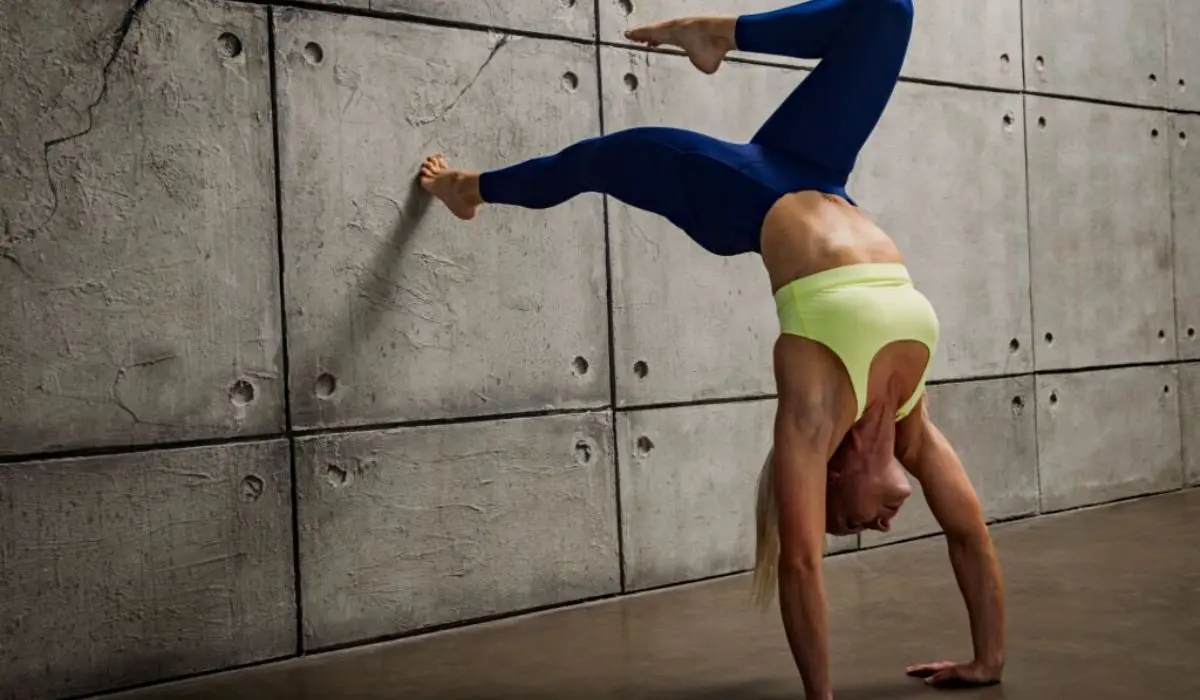Every athlete should include stretching in their daily routine. It strengthens and feeds the muscles you use frequently. Stretching can reduce your risk of more injuries when playing sports since it improves muscle and joint mobility.
Daily stretching has numerous advantages, including better balance, flexibility, strength, and sports performance.
Athletes must know the best ways to stretch to maximize their athletic performance.
Stretching Methods
Several methods can be used to stretch, such as static, dynamic, ballistic, PNF, myofascial release, Pilates, and yoga.
Athletes should select the stretching that best meets their demands because each stretching style has advantages and disadvantages.
Contracting and releasing the muscles while stretching is a component of PNF (proprioceptive neuromuscular facilitation) stretching. Since it might be challenging to execute on your own, this type of stretching is best done with a partner or a qualified practitioner.
Myofascial release includes applying pressure to the muscles to release tension and increase flexibility. It is recommended to perform this stretching after working out or during a different stretching session.
Flexibility, strength, and balance are the main goals of a series of poses and exercises used in Pilates and yoga. These stretching techniques can enhance general health and sports performance. Therefore, it’s recommended to incorporate them into a regular training routine.
Best Practices For Athletes
To improve their athletic performance, athletes should adhere to the following stretching recommendations:
◼ Warm up before stretching: To improve blood flow to the working muscles, athletes should warm up with light exercise before stretching, like a brisk walk or jog.
◼ Static stretching should be done after exercise or during a separate stretching session by athletes to increase flexibility and prevent injuries.
◼ Before exercising, athletes should perform dynamic stretches to warm up their muscles and improve blood flow to their working muscles.
◼ Athletes should avoid ballistic stretching because it can increase their risk of injury.
◼ PNF stretching should only be used with care and in conjunction with a partner or qualified professional, as it can be challenging to perform on your own.
◼ Myofascial release, Pilates, and yoga should be incorporated into a regular workout program by athletes to increase general fitness and athletic performance.
How Does Stretching Enhance Performance In Sports?
- Stretching can enhance athletic performance in a variety of ways:
- Stretching regularly increases force, leap height, and speed.
- When done right before an event, dynamic stretching boosts performance in terms of strength and power.
- Stretching improves an athlete’s performance during practice and competition by increasing blood flow, muscle flexibility, and range of motion.
- Stretching lowers the risk of further injuries by increasing muscle and joint mobility.
- Flexibility is a well-known aspect of fitness for health, and stretching increases it.
- Proper stretching can enhance joint motion, promote blood flow, lessen stiffness, and lower the chance of tendon or muscle tears.
Read More:- Core Strengthening Exercises For Athletic Performance – Different Types!
How Much Time Should An Athlete Spend Stretching Before A Workout Or Sport?
Depending on the stretching being done, there is a best time to do it before a workout or competition. Based on the search results, these recommendations are provided:
Flexible stretching Dynamic stretching entails carefully moving the joints through their whole range of motion. Dynamic stretching is advised as a component of a warm-up exercise before any athletic event, whether competitive or not.
A thorough sports warm-up, followed by dynamic stretching, should include approximately 5 to 10 minutes of low- to moderate-intensity cycling, jogging, or swimming.
Static stretching includes holding a stretch for a lengthy time—generally, for at least 30 seconds. It is best performed after exercise or during a different stretching session because performing it before activity will reduce strength and power production.
It has been demonstrated that frequent static stretching exercises improve force and activity performance, and the underlying mechanism for this improvement is that regular stretching causes muscular hypertrophy.
Conclusion
Stretching can enhance blood flow, increase muscular flexibility range of motion, and boost force, leap height, and speed, among other aspects of sports performance.
Enhancing muscle and joint mobility can also lower the risk of additional injuries. Depending on the stretching being done, there is a best time to do it before a workout or competition. Before any athletic event, whether competitive or not, dynamic stretching is advised as part of the warm-up routine.
A full sports warm-up should consist of 5 to 10 minutes of low- to moderate-intensity cycling, jogging, or swimming, followed by dynamic stretching.
